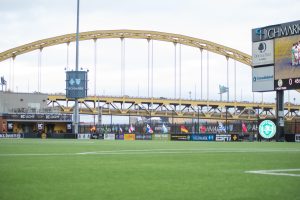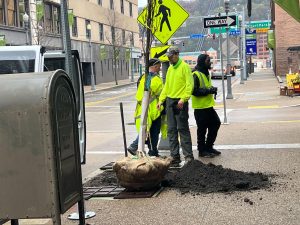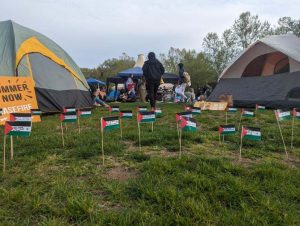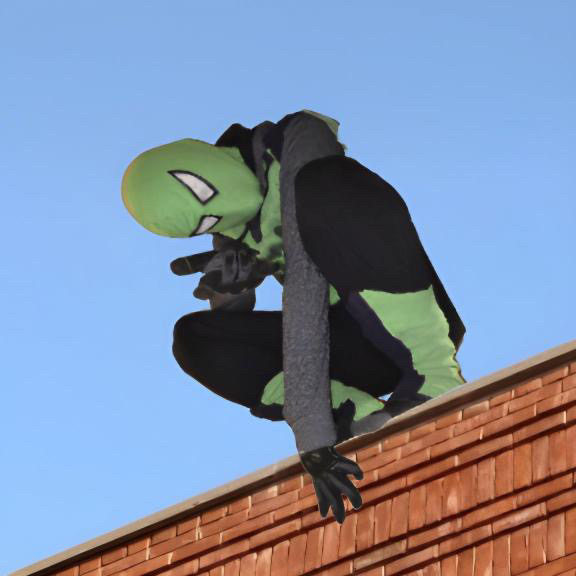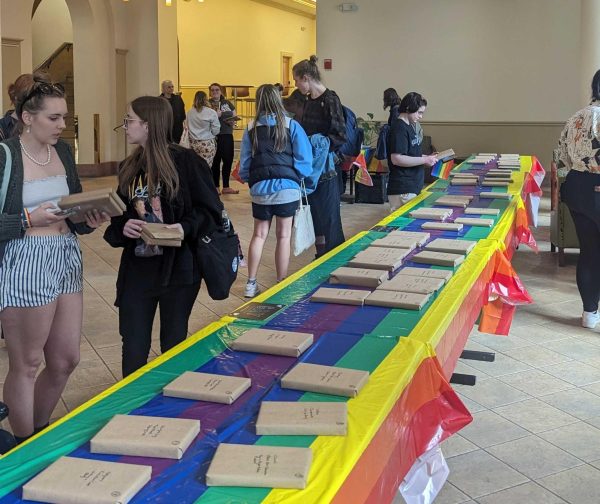Pittsburgh museums keep up with precautions during the pandemic
April 21, 2021
This past December, an Instagram post circulated around the Pittsburgh area stating that The Mattress Factory Museum was in danger of closing permanently due to the coronavirus. The post was quickly deleted, but not after being shared an estimated 500+ times.
When COVID-19 first hit, there was a complete shutdown of all non-essential businesses, which included museums. Eventually, things began to open back up and these non-essential businesses were able to reopen with certain restrictions.
Museums took a hit financially this past year due to lack of attendance. Reopening came with struggles, such as some museums having to furlough or lay off staff or temporary closures as COVID-19 cases began to rise again.
The Mattress Factory museum, located in Pittsburgh, Pennsylvania, temporarily closed for a few weeks in the winter.
Hayley Haldeman, the executive director of the museum, said that when they reopened after the first shutdown, they put out a bunch of new rules in order to make the experience safe for guests.
“We instituted a number of measures including limited capacity; that was probably the biggest one,” Haldeman said.
They also instituted timed ticketing, meaning visitors had to purchase their tickets in advance for a certain time slot so that they could control how many people were in the museum at once, which helped with the limited capacity.
Additionally, the Factory redesigned the traffic flow of their galleries and stairwells so that they wouldn’t get overcrowded and put up hand sanitizer stations around the museum.
Because of COVID-19 cases being on the rise at the time, the museum had closed temporarily again, which was announced on Nov. 30 on their website.
Although the statement did say the closure was temporary, Mars High School’s Art Club misunderstood and spread a post claiming that The Mattress Factory was in danger of closing for good.
Haldeman laughed and said that while it was a miscommunication, the Factory appreciates the support that was brought to light because of the post.
“I was very glad to know that people in the community care deeply about The Mattress Factory,” she said.
Haldeman confirmed that although this has been a challenging period, the museum was not in danger of permanent closure, and they have since been reopened.
The biggest way that the public can help the museum, according to Haldeman, is to be safe by reading new procedures before visiting, not coming if you have been exposed to the virus and wearing masks.
While The Mattress Factory is a generally non-interactive museum in a touching sense, there are other museums in the city that are more physically involved.
The Carnegie Science Center is a museum that allows visitors to play around with some exhibits, and it has a sports center right outside.
Connie George, the senior director of marketing and community relations, said that the biggest surprise that came from reopening in the pandemic is how many people were not wanting to wear their masks.
“We had to strengthen the wording of our signage to accommodate for people who were not cooperative,” George said. “It was a handful of people only, but it was disappointing.”
Because of this, the museum had to increase security on ground to enforce the mask policy.
The Science Center has been following similar protocols as The Mattress Factory, such as limited capacity and instituting timed ticketing.
Because of how interactive the Center is, they also had some additional new rules and protocols.
“We put additional people on the floors to frequently clean frequently-touched surfaces,” she said.
The Science Center closed during the initial shutdown and then reopened again on June 26. They were at 25% capacity on the first reopen, but the June reopen pushed them down to 15% capacity. They also increased airflow into the building at this time.
“We cleaned the filtration system, and we exceed all the requirements and recommendations by the guiding authorities for air filtration systems,” George said.
Although a generally less touch-involved museum, The Carnegie Museum of Natural History has also instituted new rules and has been experiencing lower numbers of visitors compared to previous years because of the pandemic.
Sloan MacRae, the director of marketing of the Museum of Natural History, stated (give date from interview) that when the pandemic first hit, they tried to go as long as they could without furloughing any staff, but eventually, any non-essential staff (those who worked with visitors or couldn’t do their work remotely) were furloughed.
The Museum of Natural History reopened after the first shutdown to members only from June 26-28, 2020, and MacRae said they “learned a lot” from the experience for the opening to the general public.
“On June 29, we opened to the public at large at 25% building capacity,” he said. “In July, the infection rate kind of spiked again, so we reduced from 25% capacity to 15% capacity.”
After this, the museum saw a “pretty slow return of visitors.” All of the Carnegie museums together saw about 25% of their 2019 numbers after the pandemic hit, and things began to reopen.
However, once people began to realize that the museum was making it as safe as possible to have guests, more visitors showed up.
“Eventually, we started hitting 50% and 60% of our 2019 numbers in the fall,” MacRae said. “And that was about as good as we could do because of our capacity.”
Currently, Tom Wolf has lifted indoor capacity limits to 25%, and everyone in Pennsylvania is eligible to receive the COVID-19 vaccine.



